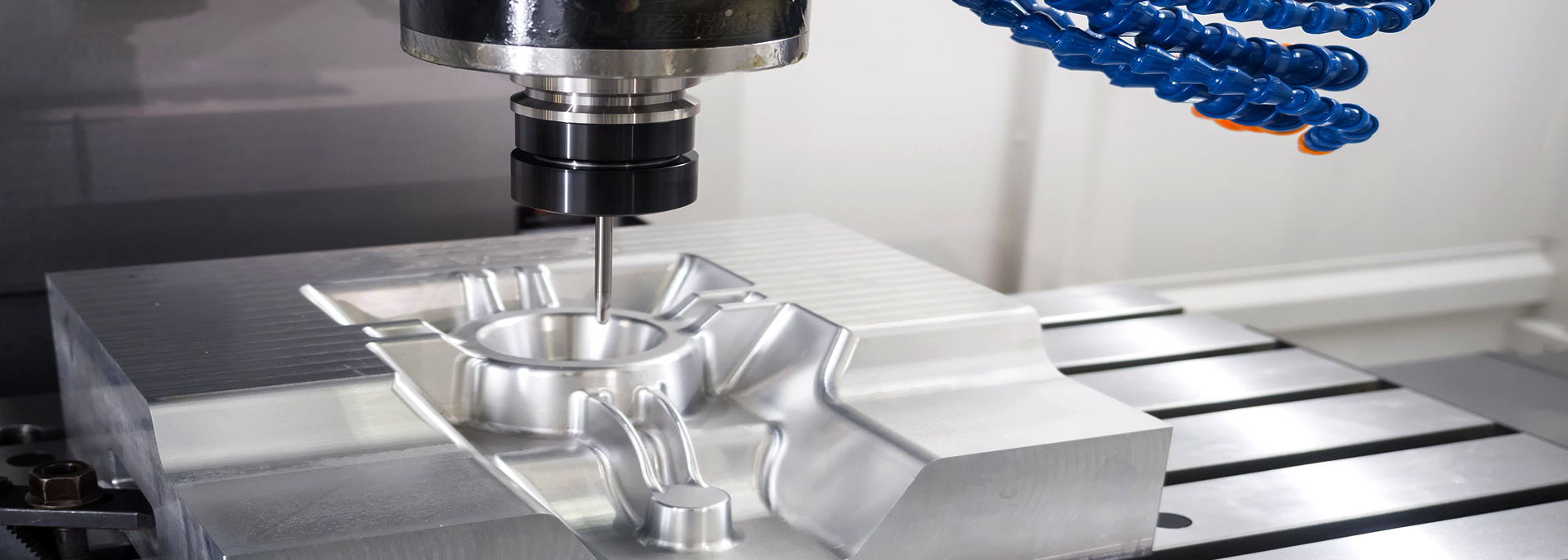Unconventional machines have been taking the place of traditional machines in every workshop due to their fluidity, low operation costs, and increased productivity. This is the major reason as to why businesses have been transforming their models towards more sophisticated machinery equipped with computer intelligence and human skills to develop products which are far more precise, accurate to three decimal places, and less deviation from the mean. Bringing to the table, many firms have developed CNC milling services according to the modern needs of the customer to reduce wastage by operating on lean manufacturing system. In the lean manufacturing model, the production houses were looking for a machine that reduces wastage and increases value by achieving economies of scale.
But, before we dive into the various aspects of CNC milling services, we need to understand that why milling machines are used and what actually is milling machine. Moreover, depending on your job and precision, we discuss the several types of milling machines.
Milling machine
Milling is essentially a process of machining. The equipment uses rotary cutters and jigs and fixtures to remove material from a workpiece. Now, this is done either through moving the cutters in a different direction or by moving the workpiece accordingly. Traditionally, a skilled personnel was recruited to do the job. The person associated with milling generally had the technical and working knowledge of the machine to operate on a workpiece. There are other ways of removing the material from a workpiece which can be done by the varying direction along different axes, managing the cutter speed and feed, and the depth of cut. Milling is known to be a versatile operation which is able to machine product parts of various ranges from small to large. A milling machine is a quite obvious attachment to every workshop. There are two major classes of milling operation which are known as face milling and peripheral milling.
Milling has always been placed at a high rank among other machines and people used to have the conventional milling machines at places. But the year 1960 saw a drastic change. With the introduction of computer integration of machines, CNC milling services evolved. They evolved into being milling centers where they were augmented by tool-changers, tool magazines, coolant system, and enclosures. This paradigm shift in the milling process has led to the revolution that we see today. Many milling centers have turned into turning environment and integrated with lathe machines for other operations as well. This led to the creation of multi-tasking milling machines which are now providing us with all the facilities of milling, turning, filleting and other operations within the same work envelope.

cnc milling part*
Types of CNC milling machines
The classification of the milling machines has been majorly designed on the basis of the work performed on them. Now, the work that has to be performed is concurrent with the type of job, jigs, fixtures, and cutters. Following are the 7 types of milling machines and their work processing feed.
- Column: it is the most common milling machine which workshops have been using for centuries to create car parts. It comprises of 5 basic components which are the work table, saddle, head, knee, and over-arm. These CNC milling services involve the cutter to suspend vertically and remove material from the surface of the workpiece and drill a hole in it.
- Turret: Also known as the Bridgeport system, the turret is a multi-functional type of CNC milling services which can be repositioned anytime and is able to produce a variety of products in addition to car parts.
- C-Frame: It is the turret in its sturdier form which makes it a popular choice for industrial settings. The hydraulic motor attached to it makes it even more powerful than any of the milling machines available.
- Bed-type: In this type of arrangement, the worktable is placed on the bed itself and the knee part is omitted to allow longitudinal movement. Apart from milling, this milling machine is very much appreciated for facing process where material on the surface has to be removed in order to create a linear groove.
- Planer-style: Similar to bed-type, the CNC milling services allows the cutters and heads to operate for a wider range of milling actions.
- Tracer Controlled: The latest arrival in the kitty is becoming a popular choice for the industrialists as it is easier to make production and specialization parts due to high precision level.
These are the types of CNC milling services that you can acquire for your production house but it is very essential to select the correct type of milling machines as the investment cost is high along with the maintenance. Though the returns are very much appreciated as the operations costs lower down and productivity increases, but the selection of incompatible equipment can lead to disparity in your production line.
Reference
*Image from on https://geekcrunch.reviews
